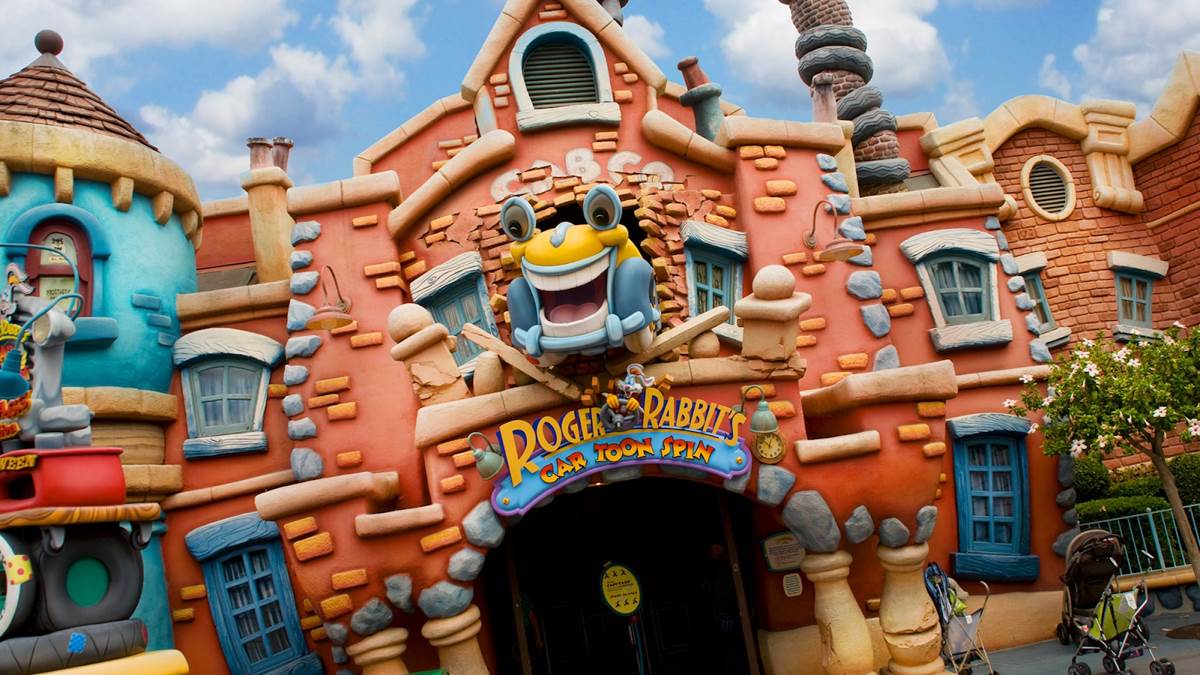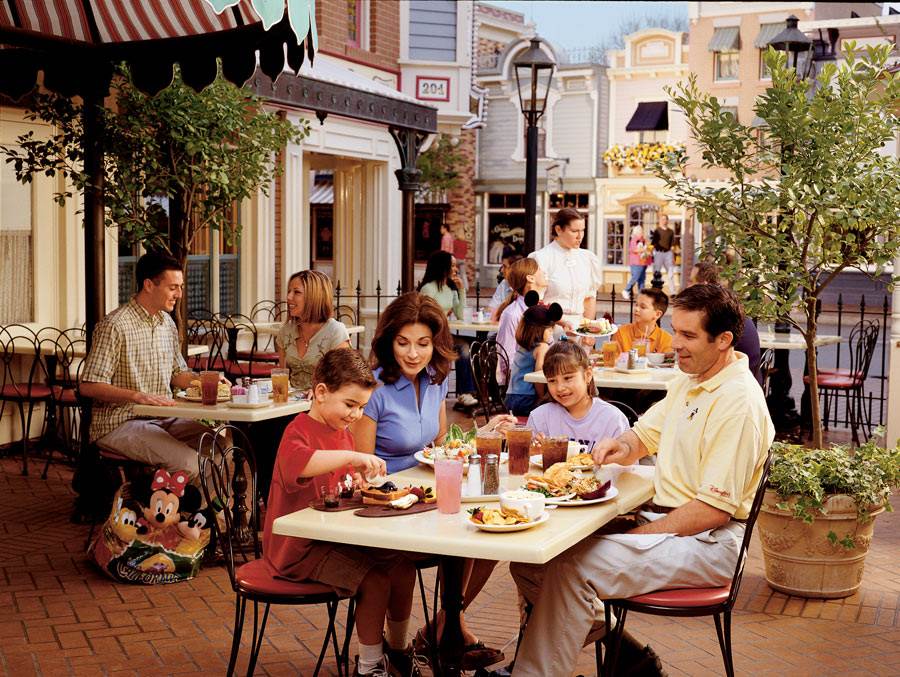The Park Reopening Guidelines have been released by the State of California, and though 13 pages of new rules and regulations of Industry Guidance for Amusement and Theme Parks, there are several standout new policies that will be effective on April 1st for the parks reopening around the state, including Disneyland Park and Disney California Adventure.
What’s Happening:
- When it was announced that parks can theoretically open on April 1st if in the Red Tier, it was stated that there would be further guidance regarding the operation of indoor attractions. Across all tiers, the new guidelines state that “Indoor rides must be limited to no more than 15 minutes. All queuing must be performed in outdoor settings only and guests from different households or other parties must be at least six feet apart during queuing.” Using Disneyland Resort attractions as an example, queues like those for Space Mountain or Roger Rabbit’s Cartoon Spin (which are mostly indoors) must be staged outside, and will likely see guests walk through indoor portions where they must up to a loading area for their less than 15 minute attraction.
- Also across all tiers, the guidelines state: “In-state visitors (California Residents) only. Information will be prominently placed on all communications, including the Reservation and Ticketing systems, to ensure guests are aware of Reservation and Ticketing Requirements. At the time a guest makes a park reservation and purchases park tickets, the park operators must obtain an attestation that when visiting the park, the guest’s party size will not contain more than 3 households and the guest, and all members of the guest’s party will be in-state visitors.” To put this simply, regardless of what tier the county the park resides in, even Yellow or “Minimal Risk,” only California Residents are allowed to visit the theme parks at this time.
- The bulk of the guidelines, including the enforcement of facial coverings and social distancing in queues with the use of properly distanced markers, is similar to that we’ve already seen at the open amusement and theme parks around the country.
- Park visitors are permitted to eat and drink only in designated dining areas. Concession stands must be accompanied by additional designated and shaded eating areas. Food and/or drink consumption is NOT permitted while queuing or using rides and attractions, including cinematic attractions.
- Walk up ticket sales will be allowed. However, Park operators must collect complete name and contact information (including phone number) of the ticket purchaser for necessary contact tracing.
- To reiterate, the above guidelines are present regardless of what color tier the county where the park resides is in, but there are guidelines for the individual tiers as well.
- Red – Substantial – Tier 2
- Parks must limit visitors to a maximum of 15% capacity.
- Small Groups only – Limited to a maximum of 10 people or 3 household groups with no intergroup mixing
- Indoor capacity limited to a maximum of 15%
- No indoor dining
- Orange – Moderate – Tier 3 •
- Parks must limit visitors to a maximum of 25% capacity.
- Indoor capacity limited to a maximum of 25%
- Indoor dining limited to a maximum of 25% capacity
- Yellow – Minimal – Tier 4
- Parks must limit visitors to a maximum of 35% capacity
- Indoor capacity limited to a maximum of 25%
- Indoor dining limited to a maximum of 50% capacity
- Red – Substantial – Tier 2
- It should also be noted that the guidelines also state that: “occupancy limits (or capacity) are based on the fire department occupant limit. If no fire department occupant limit is available for the total facility, the operating design capacity will be used as the basis for determining the reduced capacity.”
- The new theme and amusement park guidelines also suggest Park operators look to existing guidelines in place for other industries where applicable. Example, Operating a tram like those for parking lots or even the legendary studio tour at Universal Studios Hollywood would fall under guidance for Public and Private Passenger Carriers that was released in October of last year. The parks guidance notes: “Amusement parks have a number of operational aspects and service offerings available in other guidance on the Industry Guidance to Reduce Risk website. Operators must review this guidance to apply the appropriate protocols to all aspects of their operations.”



